*EXCLUSIVE* Extremely Large Battlefield Excavated 13 inch Mortar Cannon Fragment from 'The Siege of Vicksburg'
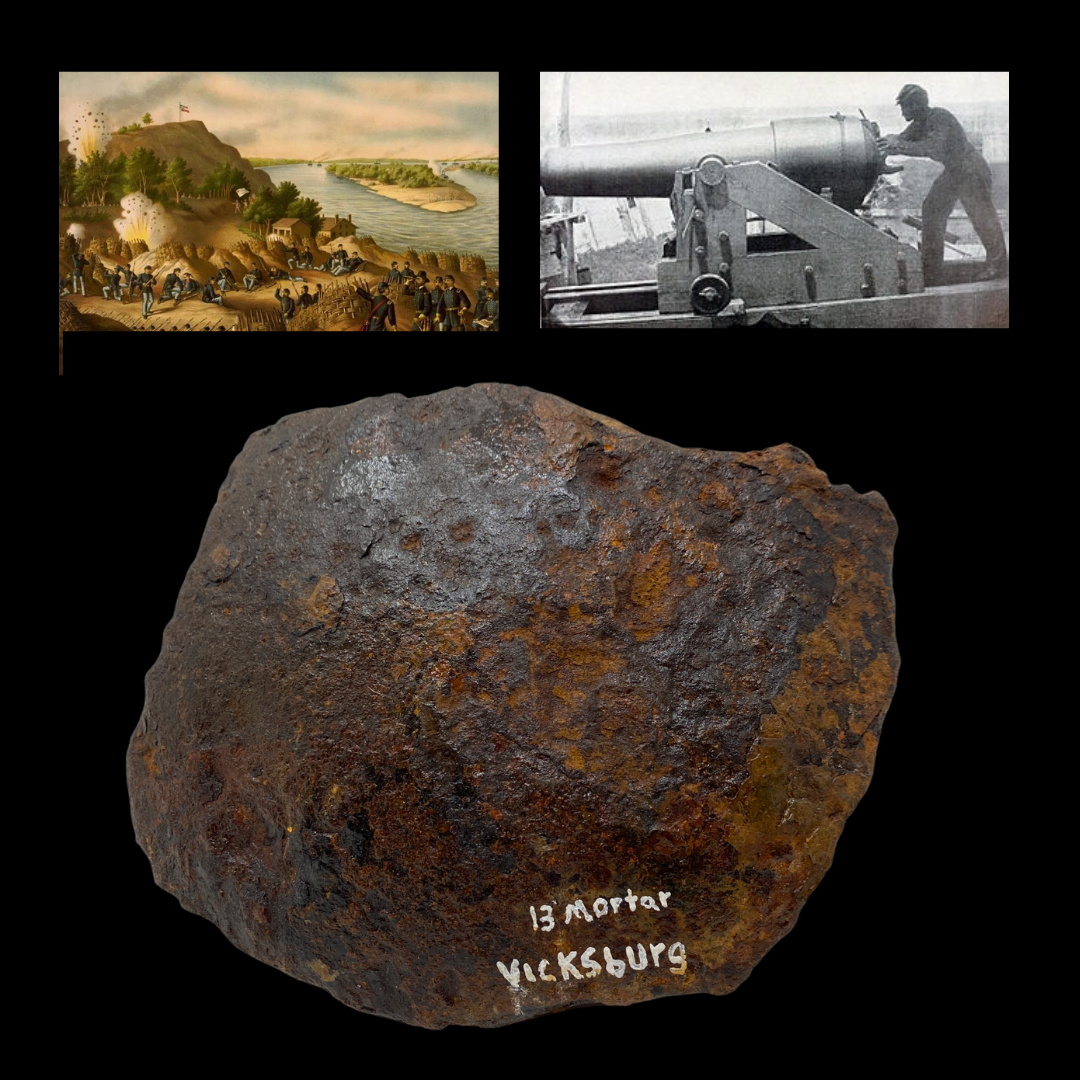

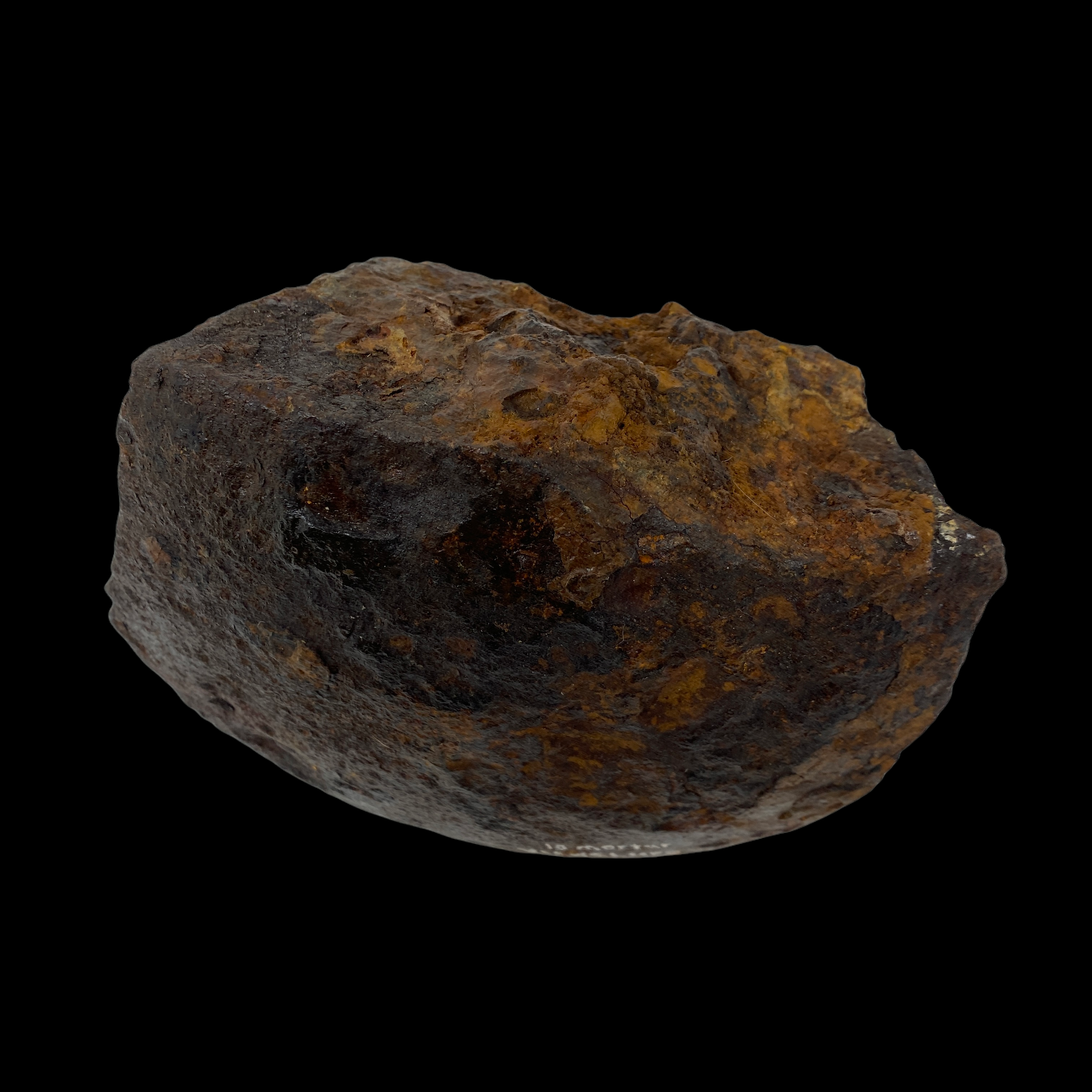
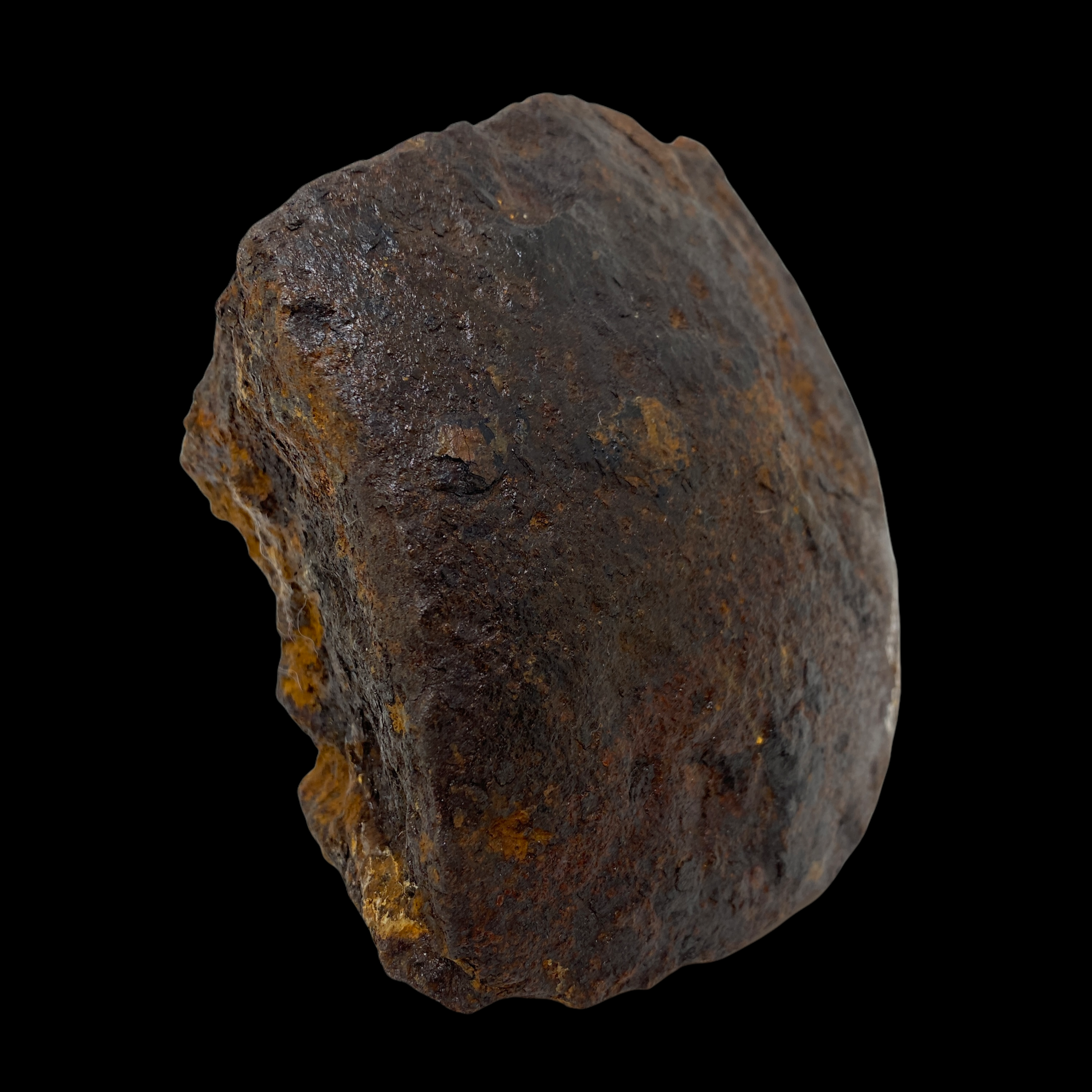
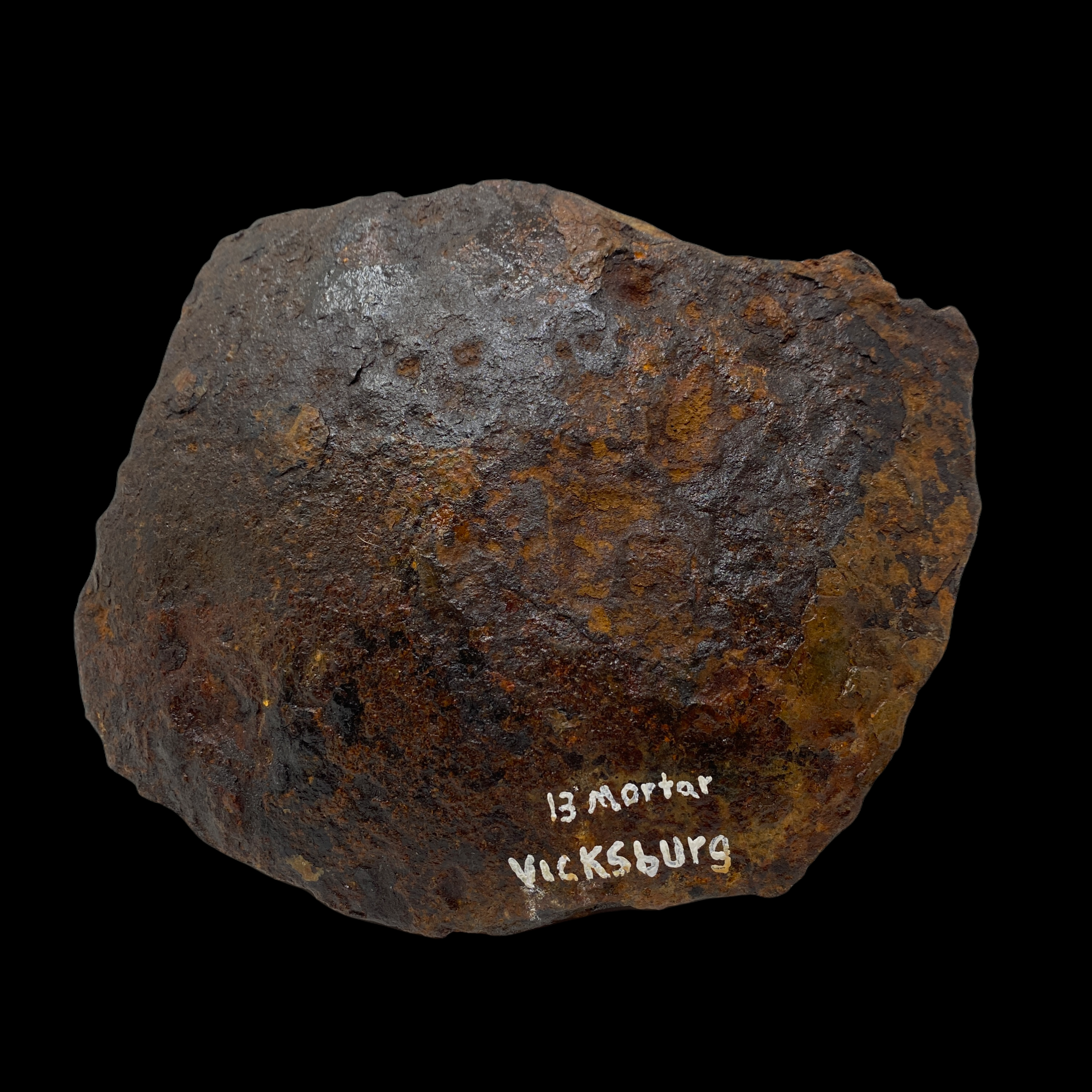





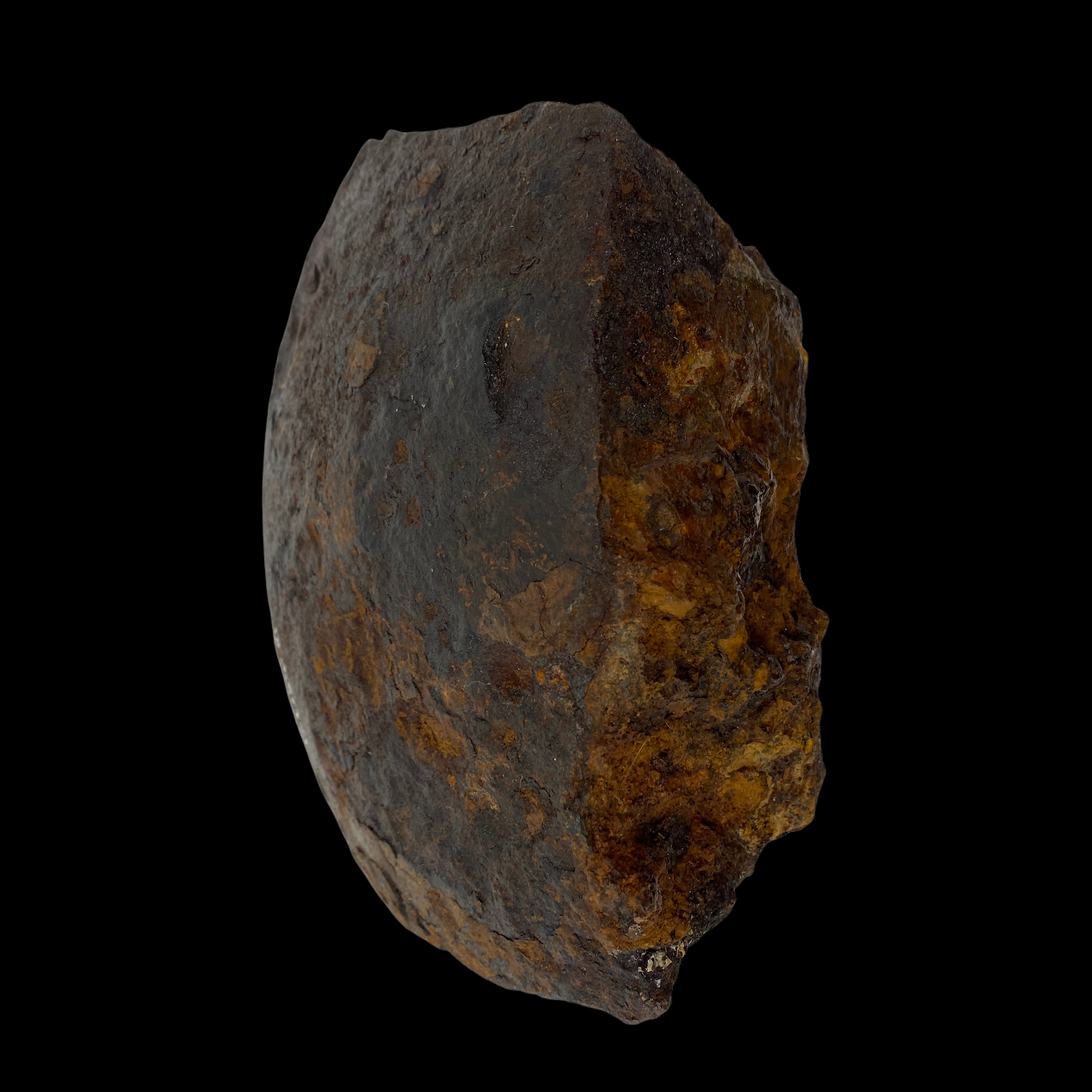
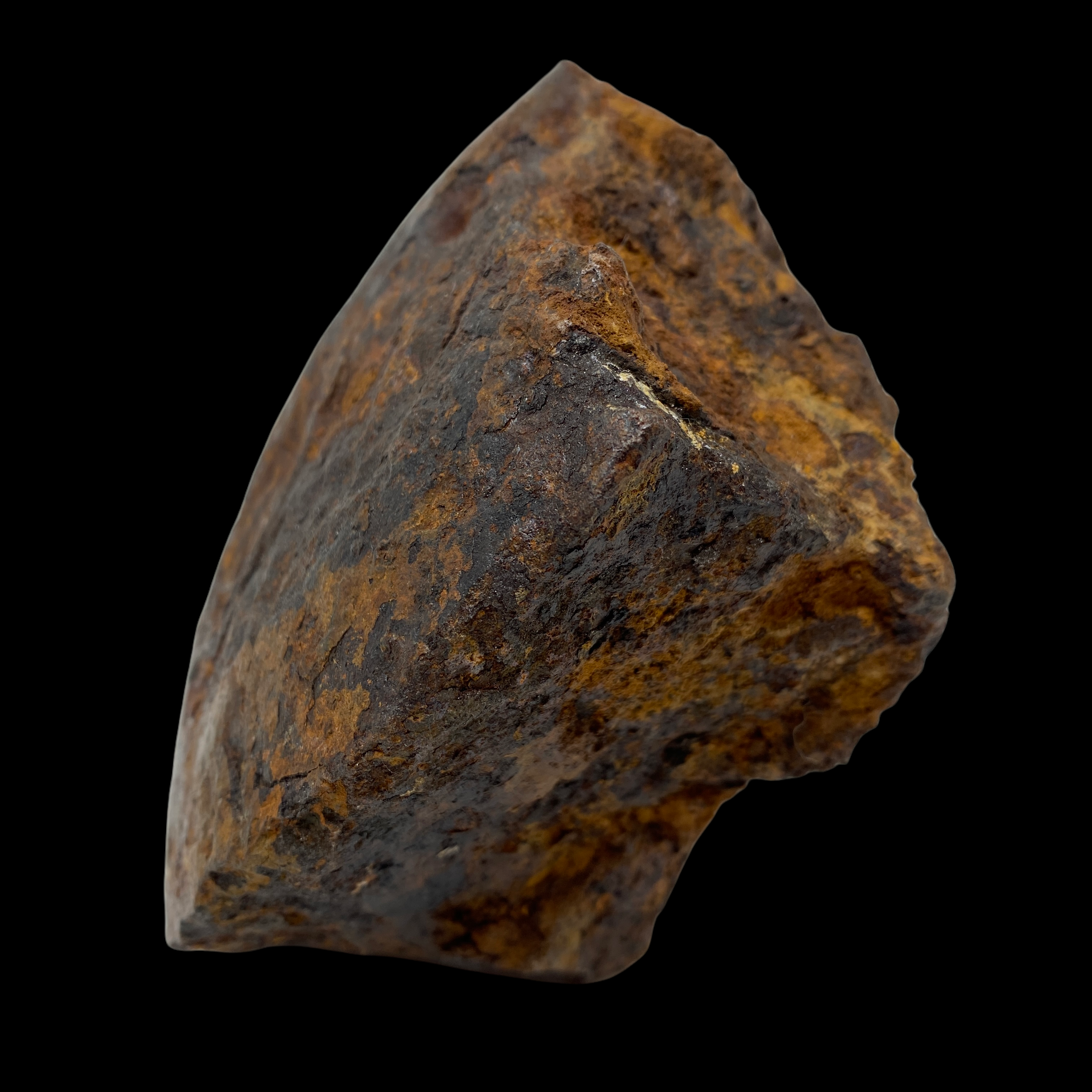
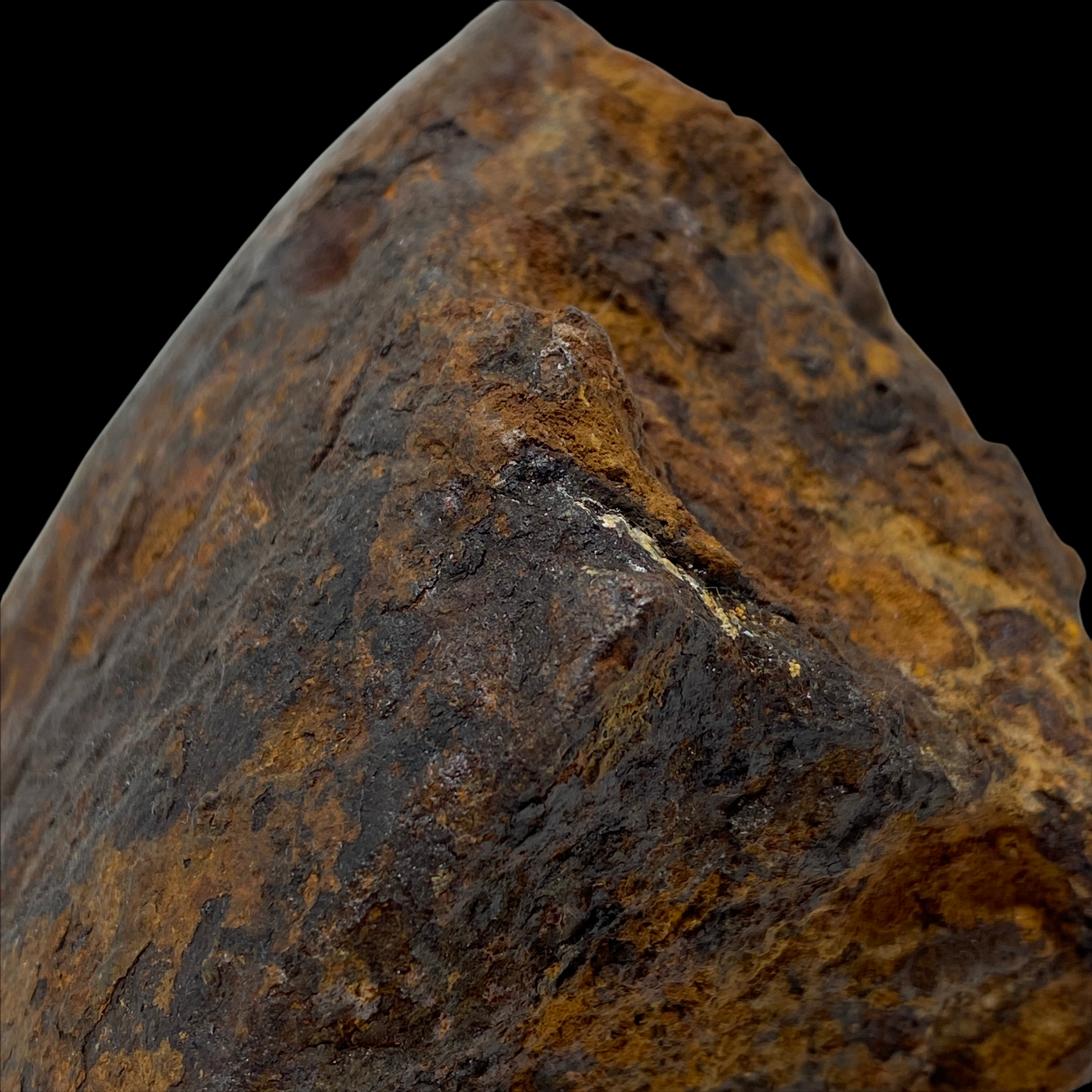
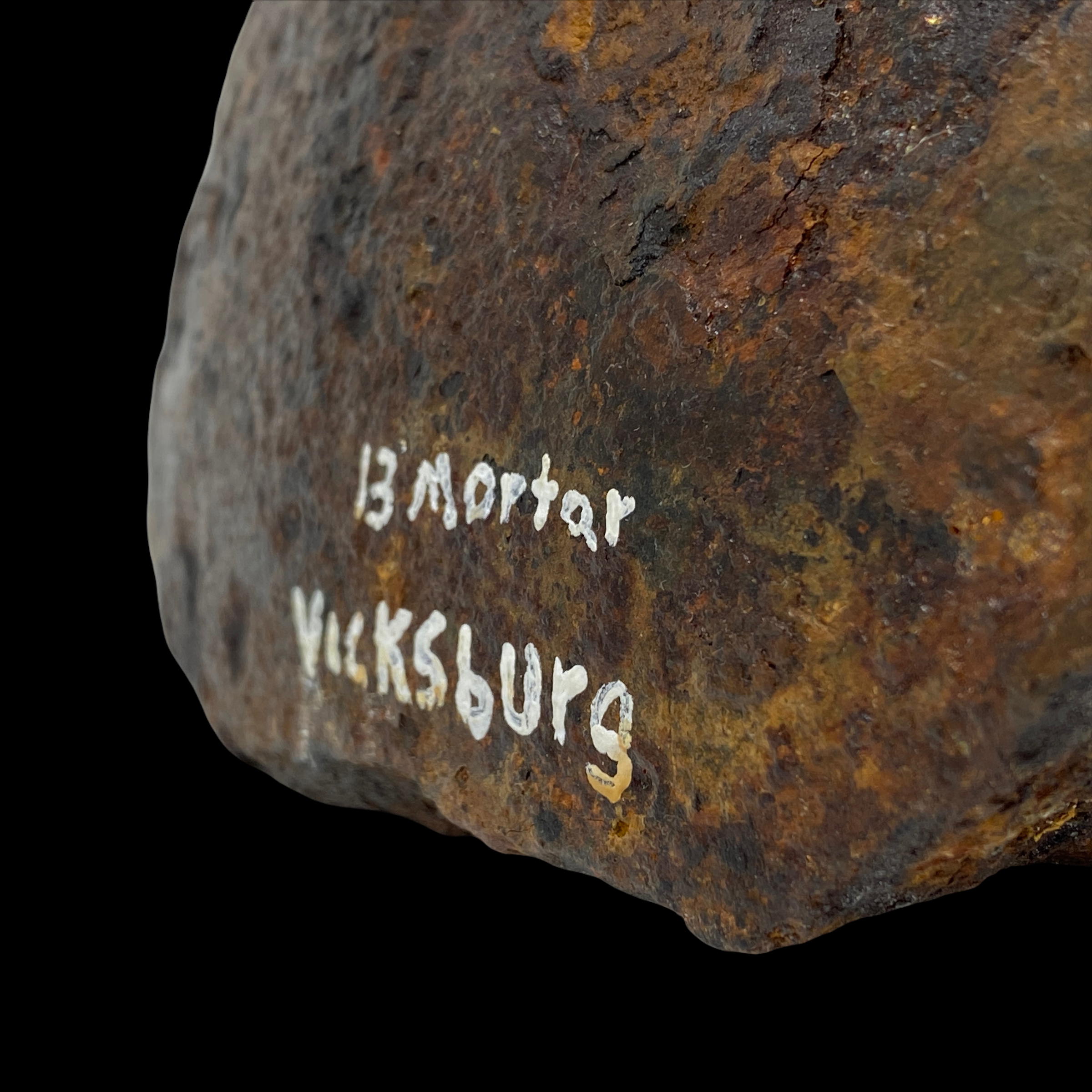
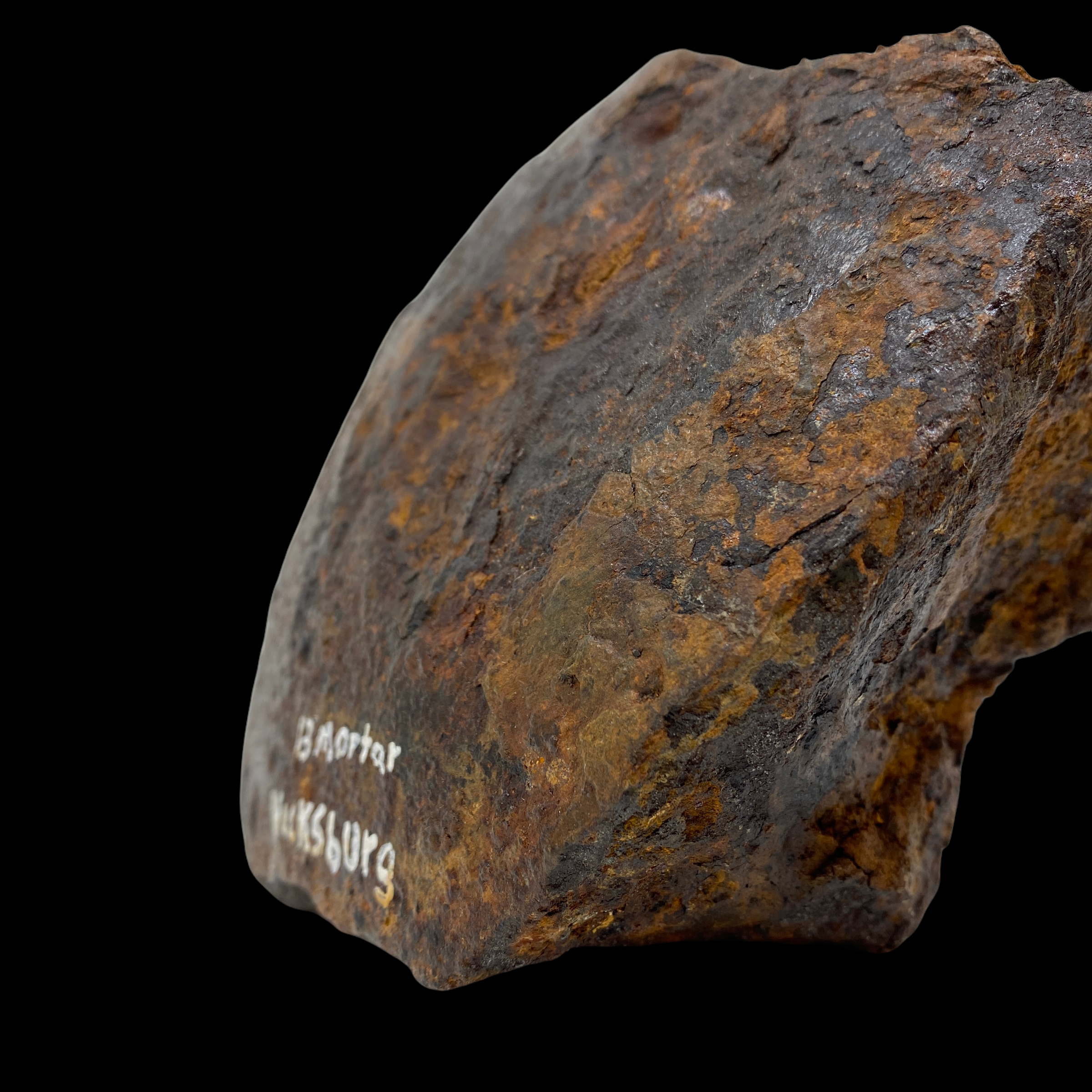

*EXCLUSIVE* Extremely Large Battlefield Excavated 13 inch Mortar Cannon Fragment from 'The Siege of Vicksburg'
Museum Grade Civil War Vicksburg Artifact.
Size: 6 inches wide by 5 inches tall
Estimated Weight: 10-15 lbs+.
This extremely rare large (VERY heavy), and well-preserved 13-inch mortar cannon fragment was professionally dug and excavated from the battlegrounds of the infamous Siege of Vicksburg. This exploded canon fragment comes from an extremely large cannonball that was used during the initial siege operations. This extremely large canon fragment alone weights an estimated 10-15 lbs+.
The siege of Vicksburg (May 18 – July 4, 1863) was the final major military action in the Vicksburg campaign of the American Civil War. In a series of maneuvers, Union Maj. Gen. Ulysses S. Grant and his Army of Tennessee crossed the Mississippi River and drove the Confederate Army of Mississippi, led by Lt. Gen. John C. Pemberton, into the defensive lines surrounding the fortress city of Vicksburg, Mississippi.
This cannon fragment is extremely heavy. It is rare to find excavated pieces of canons of this size because many have decayed or have broken into smaller pieces on impact. This is a fired and shot cannon shot and shows average wear of what would be expected being buried in the ground for many years.
Siege of Vicksburg:
Vicksburg was the last major Confederate stronghold on the Mississippi River; therefore, capturing it completed the second part of the Northern strategy, the Anaconda Plan. When two major assaults against the Confederate fortifications, on May 19 and 22, were repulsed with heavy casualties, Grant decided to besiege the city beginning on May 25. After holding out for more than forty days, with their supplies nearly gone, the garrison surrendered on July 4. The successful ending of the Vicksburg campaign significantly degraded the ability of the Confederacy to maintain its war effort. This action, combined with the surrender of the down-river Port Hudson to Maj. Gen. Nathaniel P. Banks on July 9, yielded command of the Mississippi River to the Union forces, who would hold it for the rest of the conflict.
The Confederate surrender on July 4, 1863, is sometimes considered, when combined with Gen. Robert E. Lee's defeat at Gettysburg by Maj. Gen. George Meade the previous day, the turning point of the war. It cut off the Trans-Mississippi Department (containing the states of Arkansas, Texas and part of Louisiana) from the rest of the Confederate States, effectively splitting the Confederacy in two for the rest of the war.
Union casualties for the battle and siege of Vicksburg were 4,835; Confederate were 32,697, of whom 29,495 had surrendered. The full campaign, since March 29, claimed 10,142 Union and 9,091 Confederate killed and wounded. In addition to the men under his command, Pemberton turned over to Grant 172 cannons and 50,000 rifles.